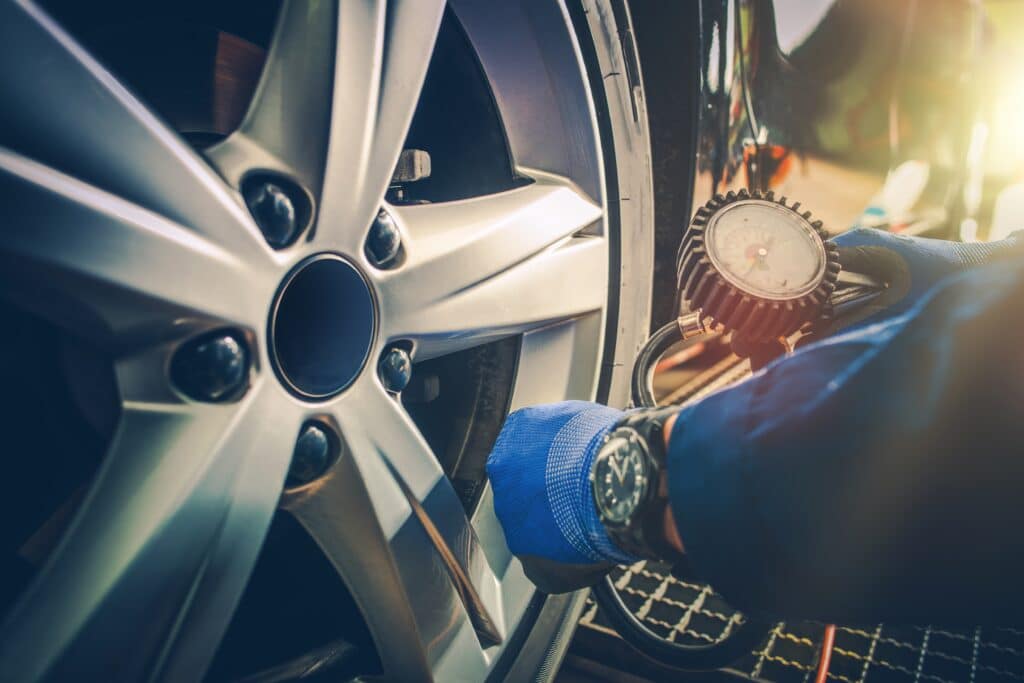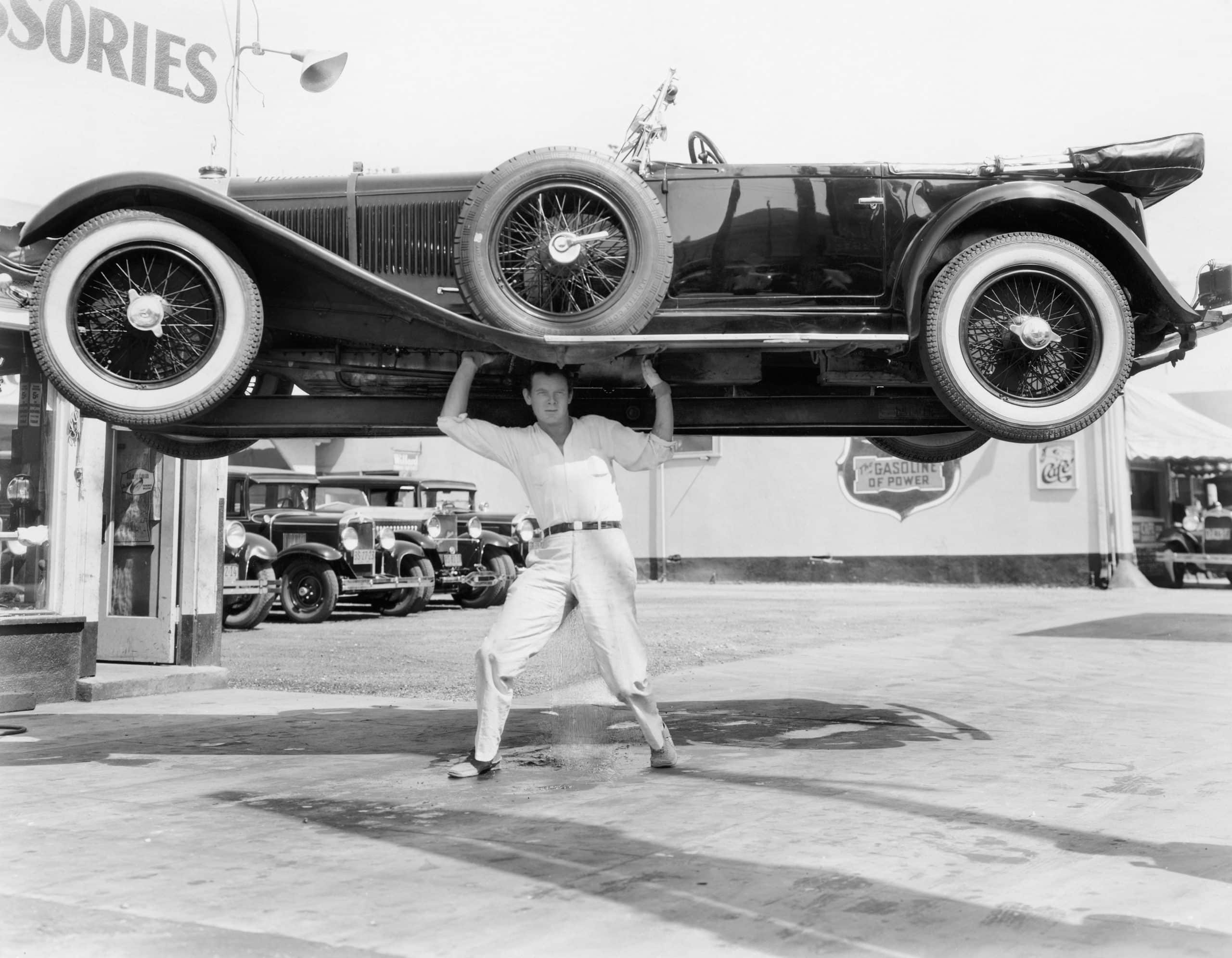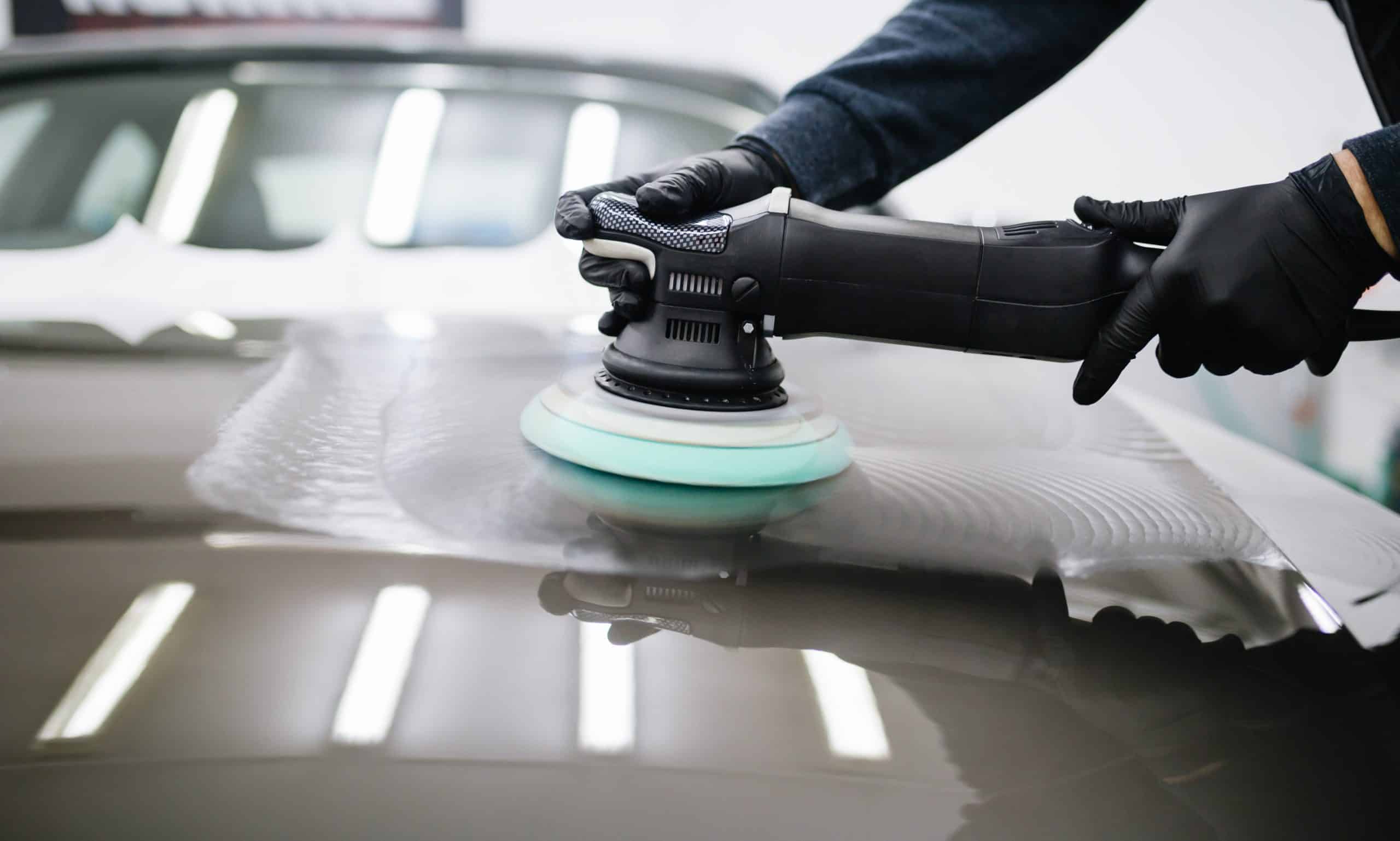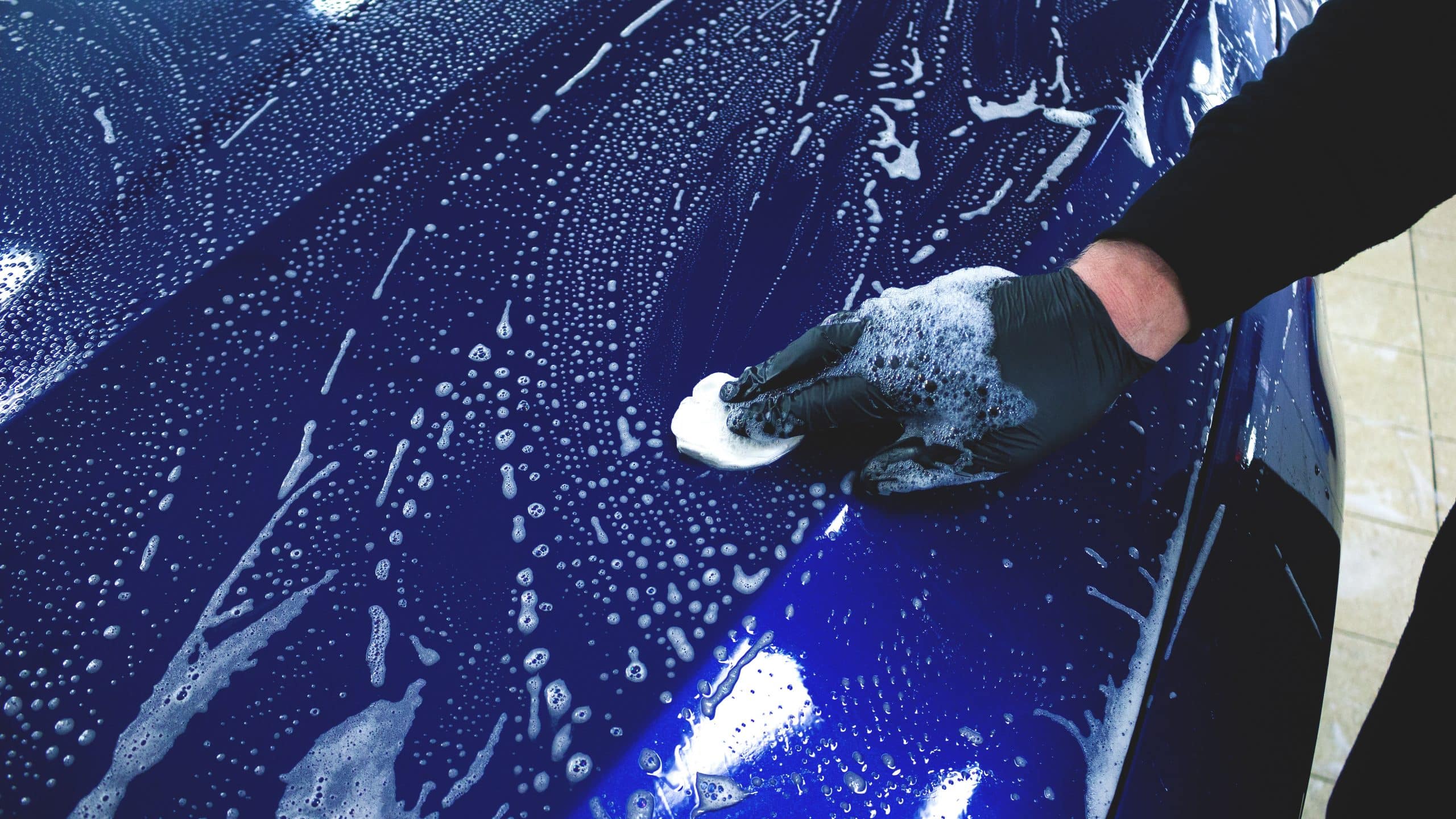Explore the critical role of tire pressure in vehicle safety and performance, and discover a comprehensive guide to accurately checking and maintaining it.

Whether you’re about to hit the road for an epic road trip, or you’re just commuting, tire pressure is equally essential to optimize your car’s performance and to ensure your safety on the road. Let’s dive into the simple yet vital task of checking your tire pressure.
Why is Tire Pressure Important?
It’s crucial for every driver to understand the importance of tire pressure. Here’s an in-depth look at why it is so vital to check your tire pressure:
- Ensures Safety: Properly inflated tires are fundamental to your vehicle’s safety. They maintain optimal contact with the road, providing the necessary traction for braking and turning, and to avoid obstacles. Correct tire pressure also reduces the risk of tire failure, such as blowouts. Sudden tire failure can lead to dangerous situations, especially when driving at high speeds. In essence, maintaining the right tire pressure is your first line of defense against many driving hazards.
- Improves Fuel Efficiency: The resistance between your tires and the road surface, known as rolling resistance, significantly affects your vehicle’s fuel efficiency. Underinflated tires increase this resistance, forcing the engine to work harder and burn more fuel to move the car. By keeping your tires at the recommended pressure, you minimize rolling resistance, thereby improving gas mileage. This not only saves you money at the pump but also contributes to reducing environmental impact by lowering your car’s carbon footprint.
- Increases Tire Lifespan: Tires are a significant investment, and their lifespan directly correlates to how well they are maintained. Over or under-inflation leads to uneven tire wear. Overinflated tires tend to wear more in the center, while under-inflated tires wear excessively on the edges. By maintaining the correct pressure, you ensure even tire wear, which prolongs the life of the tires and saves you money in the long run on premature replacements. Moreover, properly inflated tires are less prone to damage from road debris and potholes.
- Enhances Performance: The right tire pressure is key to your vehicle’s handling and performance. It ensures that the vehicle responds accurately to your steering, providing a stable and predictable driving experience. This is particularly important in adverse weather conditions, where the right tire pressure can significantly improve handling and reduce the risk of accidents. Additionally, it contributes to a smoother and more comfortable ride, reducing vibrations and noise generated by the tires.
Step-by-Step Guide to Checking Tire Pressure
Ensuring the right tire pressure is not a complex task, but it is crucial for safe and efficient driving. Here’s a detailed guide to help you check your tire pressure accurately:
1. Find the Manufacturer’s Recommended Pressure
The correct tire pressure for your vehicle isn’t a guesswork game. It’s typically found in your vehicle’s owner’s manual and on a sticker located inside the driver’s side door. This recommended pressure is specific to your vehicle and can differ from the standard pressure often printed on the tire’s sidewall. The sidewall pressure is the maximum the tire can hold, not what’s optimal for your vehicle. Your front and rear tires often differ in the required pressure, so make sure you have the proper pressure for each tire.
2. Use an Accurate Tire Pressure Gauge
Invest in a good-quality tire pressure gauge – digital, dial, or stick types are available. Digital pressure gauges are generally more accurate and easier to read, especially in low light conditions. Ensure your gauge is calibrated correctly and in good working condition for an accurate reading. You could also use the air compressor that is available at most gas stations. However, this only works if there is a gas station nearby and you don’t need to inflate your tires immediately.
3. Check When Tires are Cold
Tire pressure will increase when the tires are warm from driving. For an accurate measurement, check your tire pressure after the car has been parked for at least three hours or first thing in the morning. This ensures you are measuring the ‘cold’ tire pressure, which is the standard for all car manufacturers’ recommended pressure. Cold tires have the lowest pressure, so this is the moment they will be underinflated the most. However, as air expands when heated, hot weather can lead to overinflated tires. This is of course taken into account by your car manufacturer and is no issue, so you can just focus on the cold tires’ air pressure.
4. Remove the Valve Cap and Check the Pressure
Unscrew the cap from the valve stem on the tire – a small protruding tubular piece where air can be added. Press the tire gauge firmly onto the valve stem. If you hear a hissing sound, adjust the gauge until it stops hissing; this indicates it’s properly seated. Read the pressure on the gauge and compare it with the recommended pressure.
5. Adjust Accordingly
If the reading is above the recommended pressure, release some air by gently pressing the center plunger in the valve stem and recheck. If the pressure is too low, use an air compressor to add air. Many gas stations have air pumps, or you can use a portable tire inflator. Fill slowly and keep rechecking the pressure until it reaches the recommended level.
6. Reinstall the Valve Cap
Don’t forget to screw the valve cap back on. The valve cap protects the valve from dust and debris and helps prevent air leaks. Ensure it’s screwed back on hand-tight.
7. Don’t Forget the Spare
Your spare tire is often overlooked but can be crucial in an emergency. Ensure it’s also checked and inflated to the recommended pressure. It’s a good habit to check the spare tire’s pressure each time you check your other tires.
Conclusion
Regularly checking your tire pressure is a simple task, but it plays a significant role in your car’s health and your safety, the safety of your passengers and other people on the road. By following these simple steps, you can ensure that your vehicle runs efficiently and safely. So next time before you start your engine, take a minute to check your tires – it’s worth it!
Be safe!
Happy cruisin’!











